Rain and writing.
Fortunately, California always has cures.
One such inspirational oasis on my recent roadtrip was the Panamint Mountains - the rain-shadowing range on the western edge of Death Valley National Park.
Seems a healthy dose of monsoon rains last summer and some well-timed touch-up showers this spring combined to kick up a darn decent localized bloom.

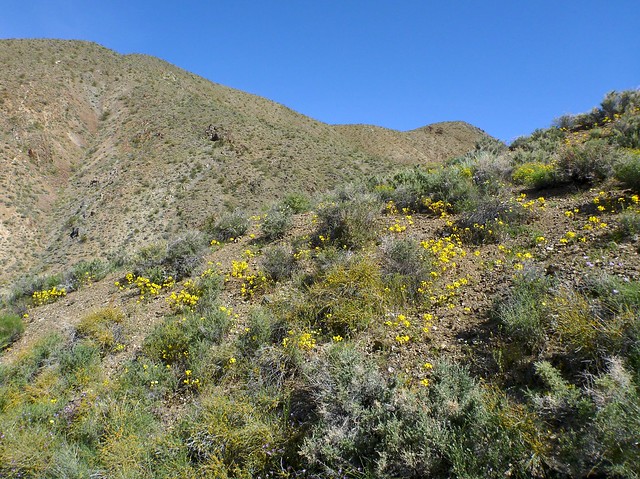
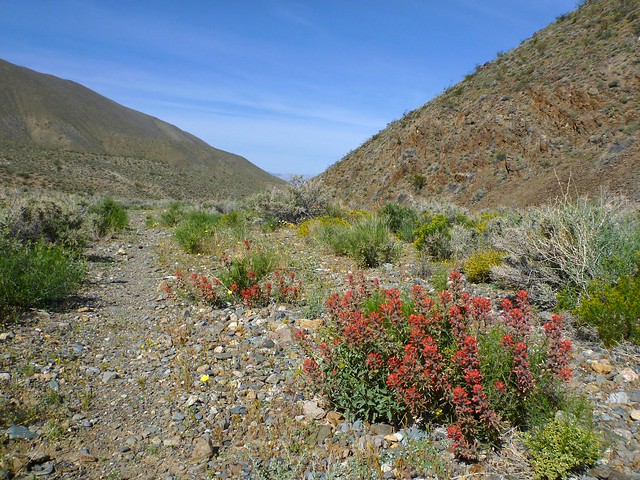
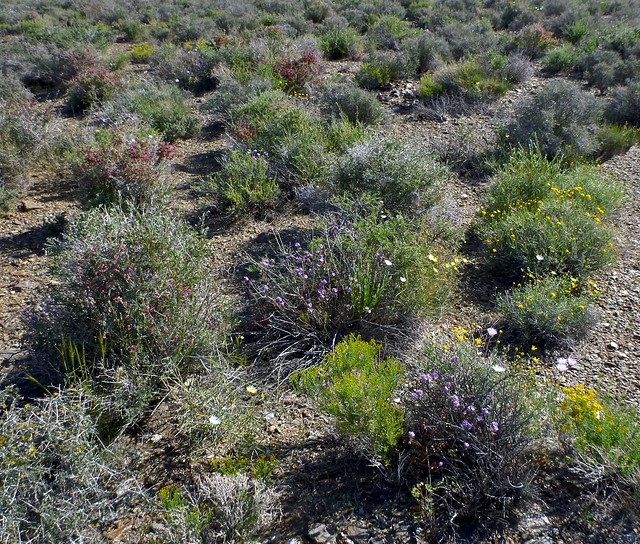


Monet would have definitely braked for this scene - Apricot Mallow and J-trees
For many botany geeks, a trip to the Panamints is often a pilgrimage to see the wonderful, rare, endemic Panamint Daisy - the logo of the California Native Plant Society.

Panamint Daisy, Enceliopsis covillei, a perennial only found in the Panamint Range
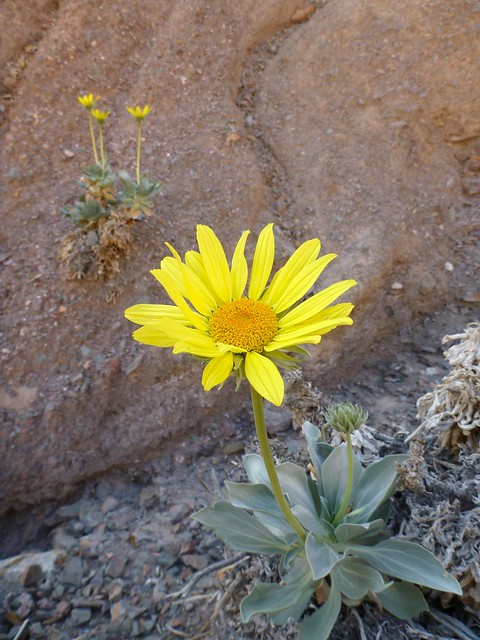
A plant which is definitely not small - just shy and remote.
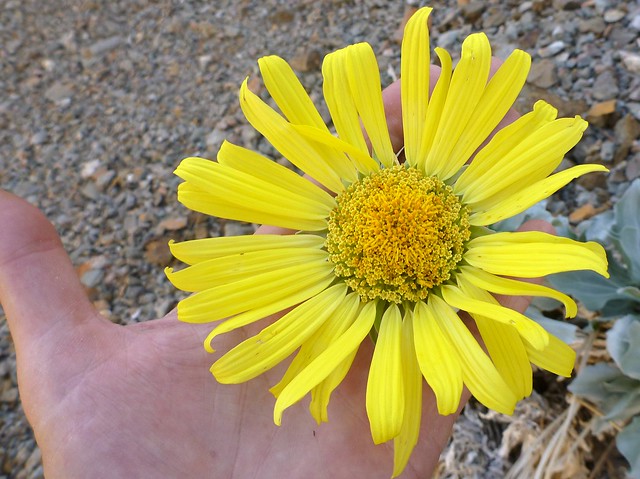
My palm is 3.5 inches (90mm) across!
But in the desert you often also have to genuflect for the beautiful "belly flowers," too.
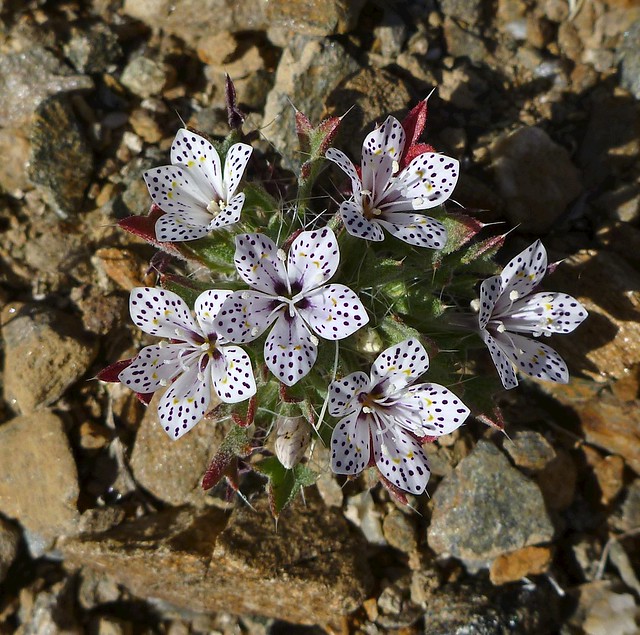
Lilac Sunbonnet, Langloisia setosissima ssp. punctata
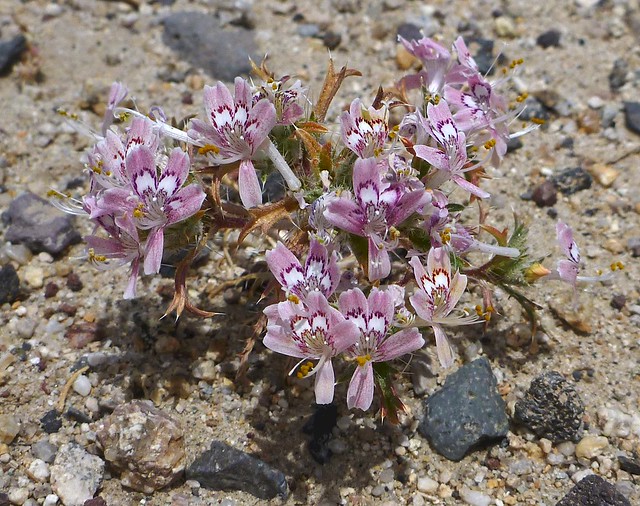
Desert Calico, Loeseliastrum matthewsii
While others scream out at your eyes from a distance. I spotted the Scarlet Locoweed while scanning a hillside with binocs for bird activity.

Scarlet Locoweed, Astragalus coccineus, is the only red Astragalus in CA
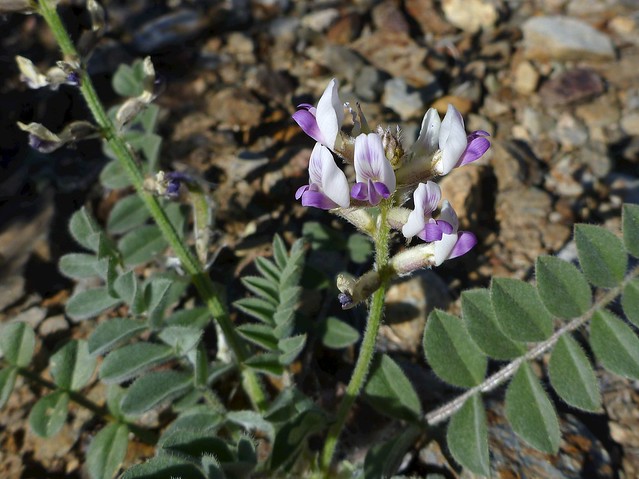
But the two-tone Layne's Locoweed, Astragalus layneae, is quite nice too

Desert Lupine, Lupinus shockleyi, is a bold relative also in the Pea Family
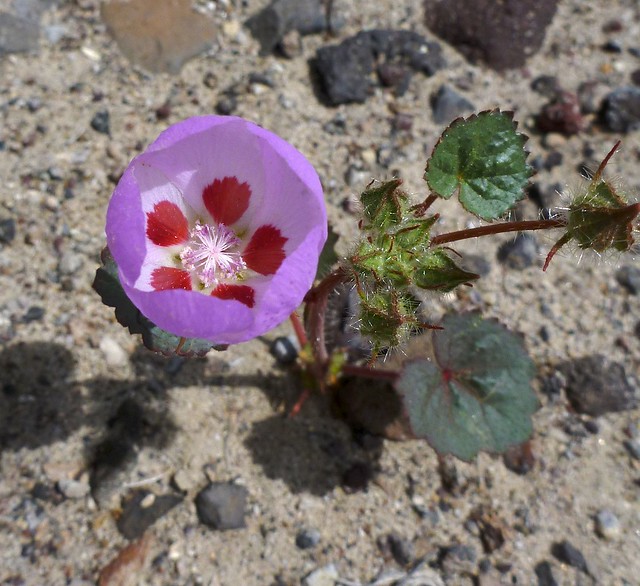
And hillsides of Desert Fivespot, Eremalche rotundifolia, can also be eye-catching
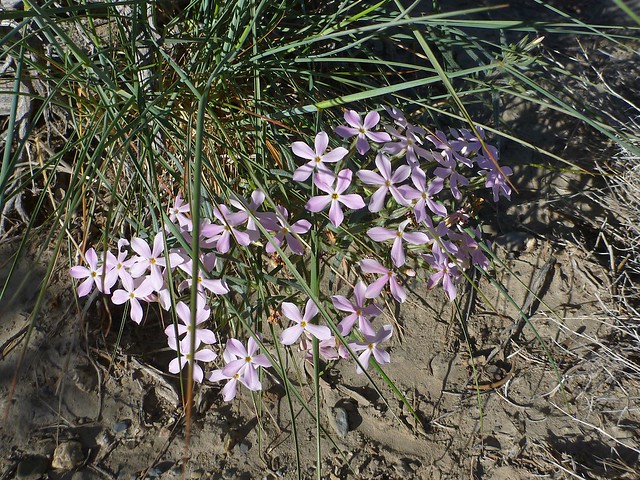
Cold Desert Phlox, Phlox stansburyi, tends to hide in shadows
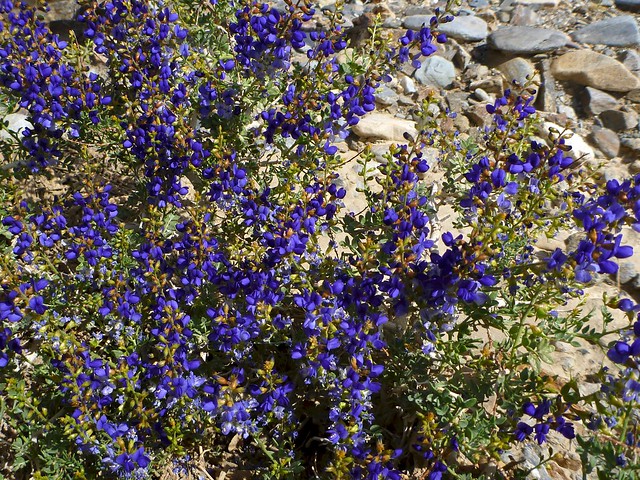
While Indigo Bush, Psorothamnus arborescens, also called California Dalea, is another Pea Family plant that shouts out with that loud electric blue
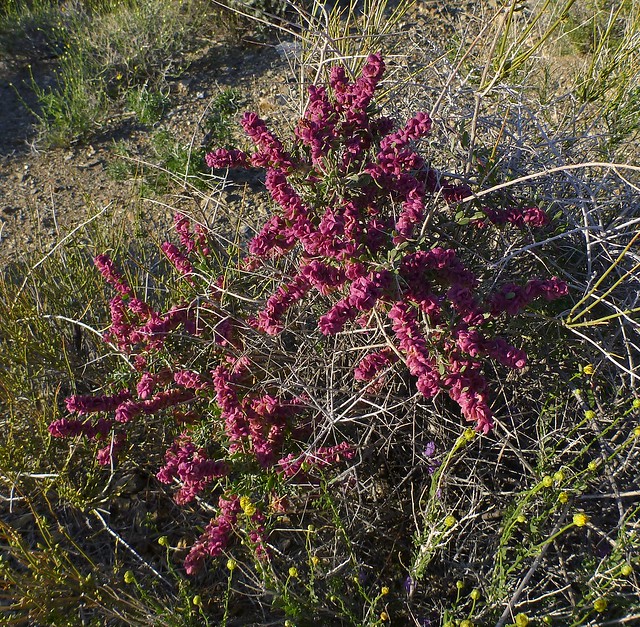
Hop Sage, Grayia spinosa, can really show color too
In fact, the local seasonal response was so good that I easily saw over 40 species in bloom.
Here's a collage of 18 more.
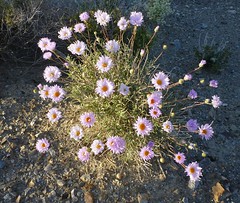
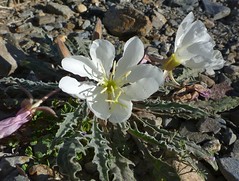
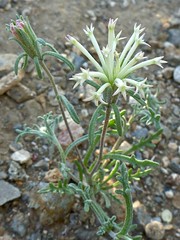
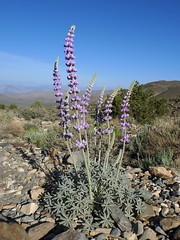
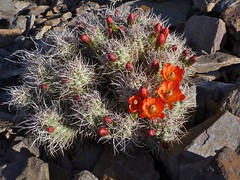
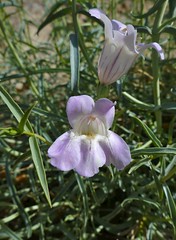

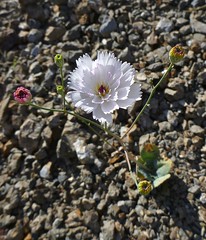
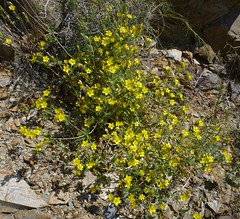
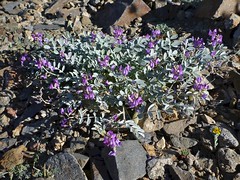
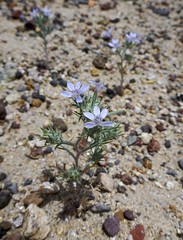

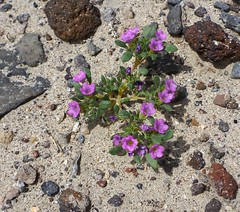
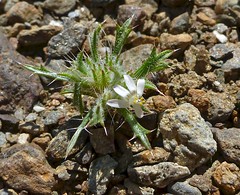

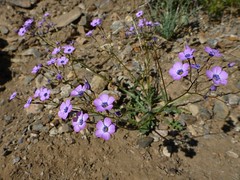


And no trip to the Panamints would be complete without paying homage to the endemic dragons.

Panamint Alligator Lizard, Elgaria panamintina
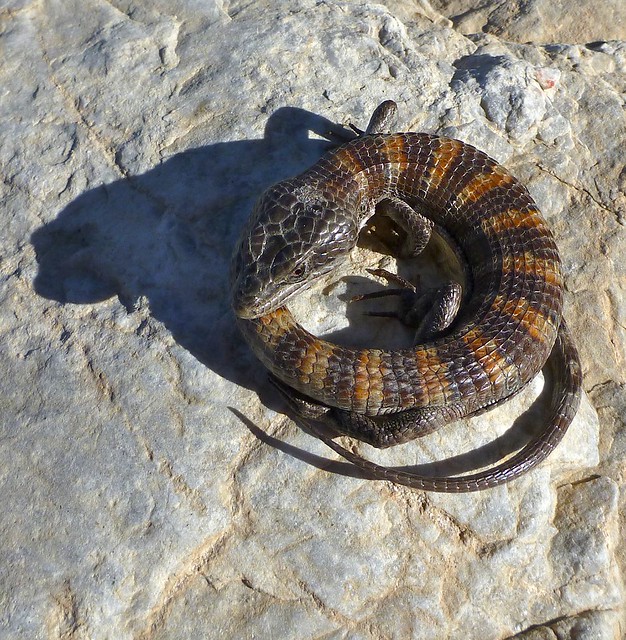
You can go back to sleep Panamint Smaug. Your treasures are safe.
I only take photos and leave footprints.
Birds flying high you know how I feel
Sun in the sky you know how I feel
Breeze driftin' on by you know how I feel
It's a new dawn
It's a new day
It's a new life
For me
And I'm feeling good
Dragonfly out in the sun you know what I mean, don't you know
Butterflies all havin' fun you know what I mean
Sleep in peace when day is done, that's what I mean
And this old world is a new world
And a bold world
For me
Stars when you shine you know how I feel
Scent of the pine you know how I feel
Ohhhh, freedom is mine
And I know how I feel
It's a new dawn
It's a new day
It's a new life
For me
And I'm feeling good
- Nina Simone, Feeling Good
====
References:
- Anthony Newley and Leslie Bricusse - Feeling Good (original writers)
- Nina Simone - Feeling Good
- Muse - Origin of Symmetry with Feeling Good
- Wikipedia - Panamint Range
- The Jepson Manual of Vascular Plants of CA, and Jepson Online Interchange
- Pam MacKay - Mojave Desert Wildflowers
- California Native Plant Society (CNPS)
- CNPS Santa Clara Valley Chapter
- CNPS - Rare Plant Program and Ranking System
- Calflora.org
- California Herps - Panamint Alligator Lizard
- Robert C. Stebbins (Peterson Field Guides) - Western Reptiles and Amphibians

Thanks for the wonderful photos and chance to commune with the eastern CA flora, even if only virtually.
ReplyDeleteNever even seen of few of these flowers before..thanks much...glad there is more ink in your pen.
ReplyDeleteThe desert at its best and with one of the best photographers to record it.
ReplyDeleteWonderful
D Rentz
Wow! The desert is blooming with beauty! You captured it very well.
ReplyDeletepied piper plant person
ReplyDeleteWow. SUPER DUPER YUMMY flowers, jeeze. Very inspiring (typo was "inspring"). Am attending a memorial out of town this weekend, but now maybe I'll look for some place to get a little nature hike in. Would probably be good on a lot of levels. Thank you for sharing your STUNNING shots of amazing spp. (incl. dragon) & all the IDs.
ReplyDelete